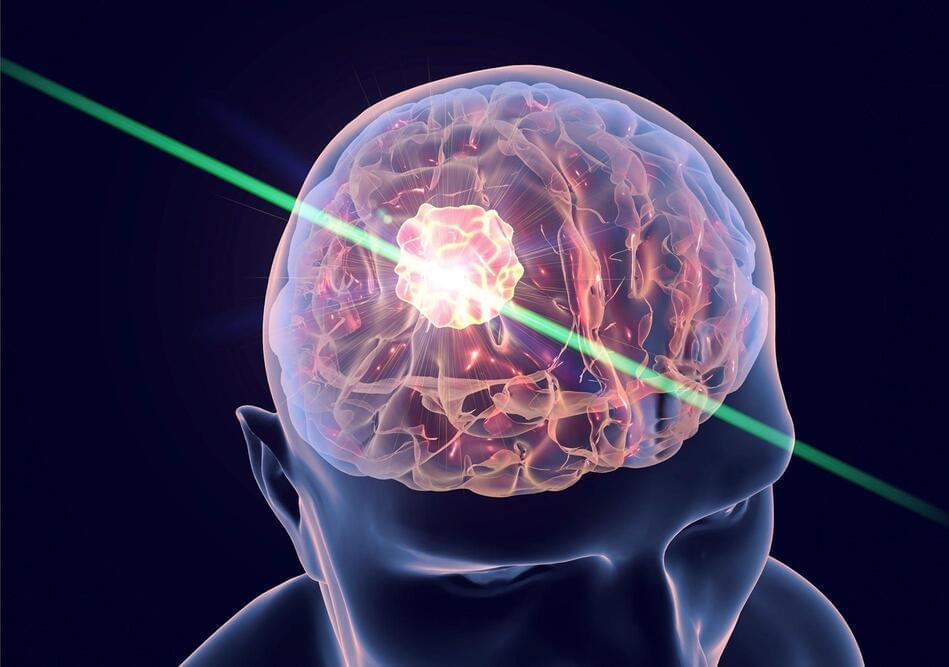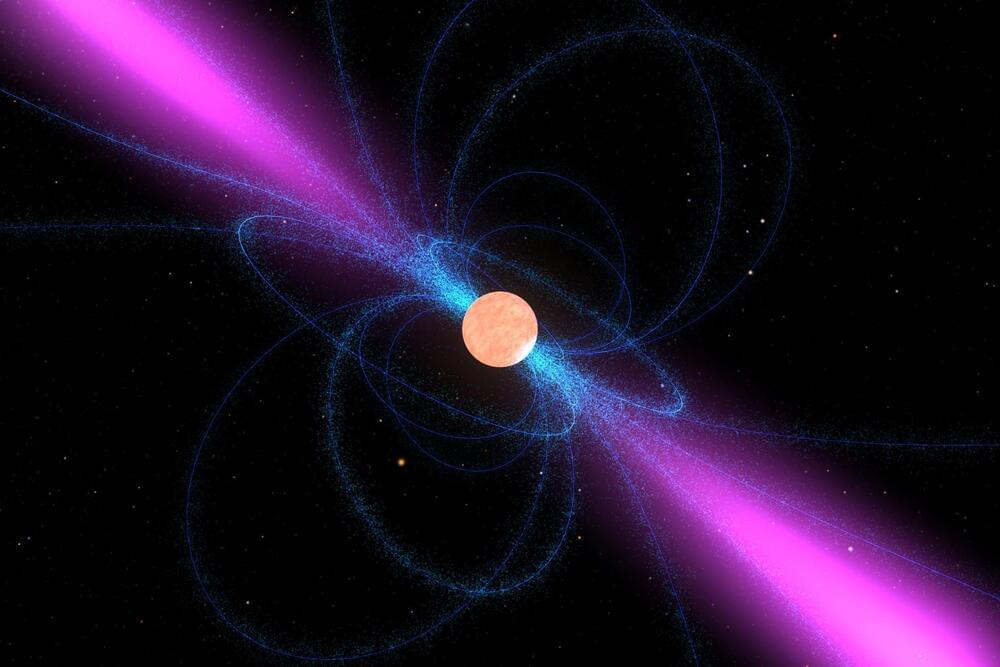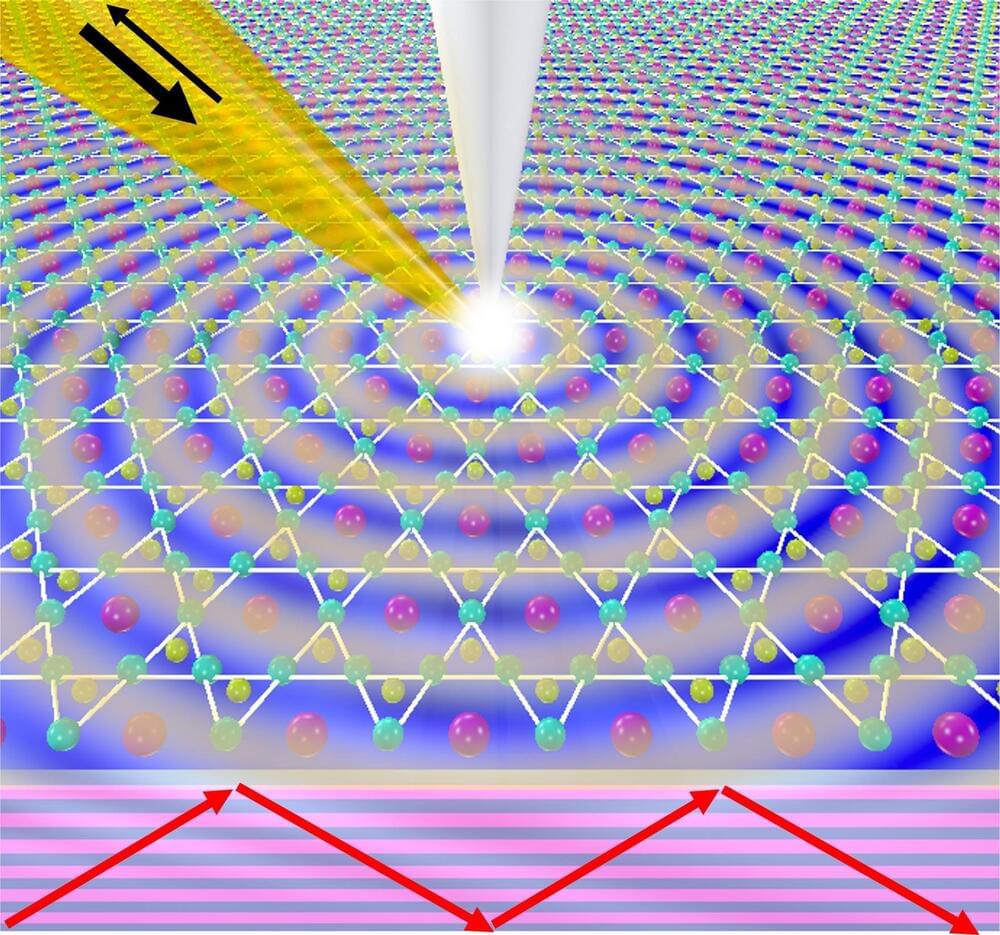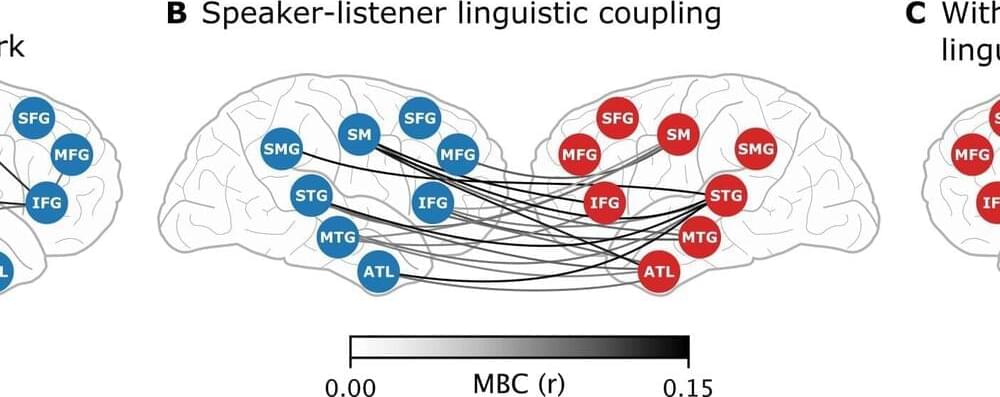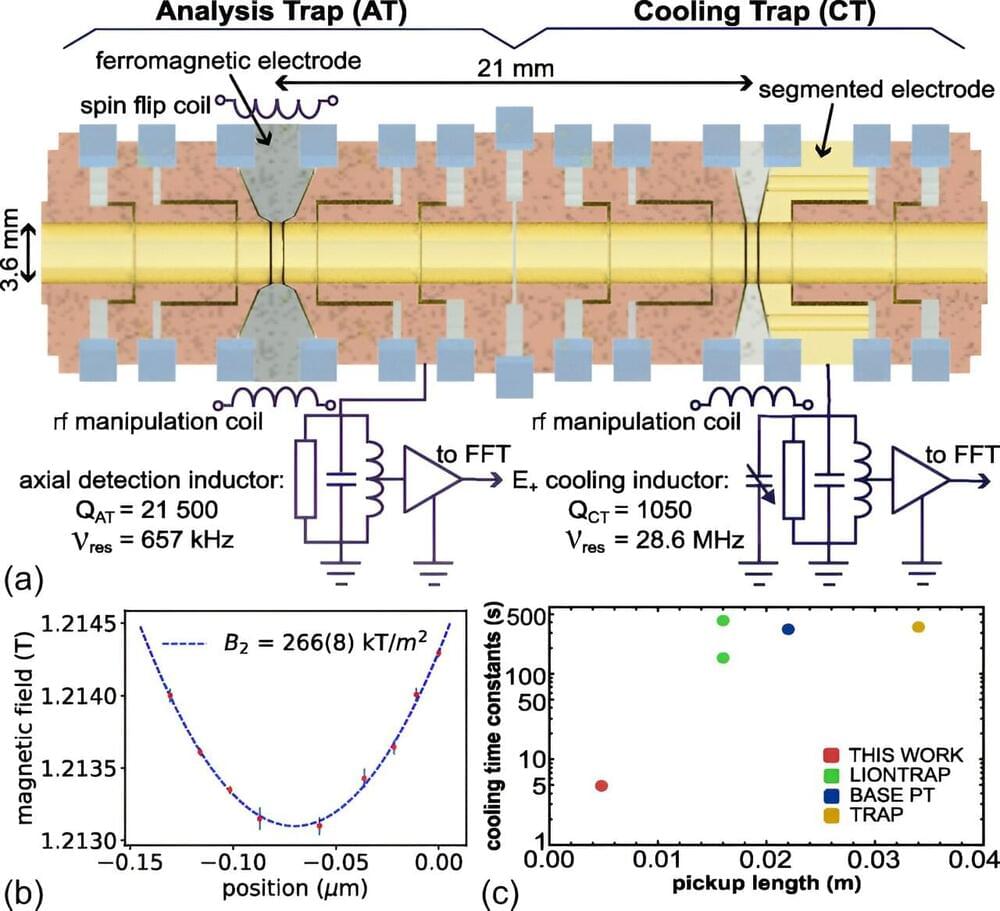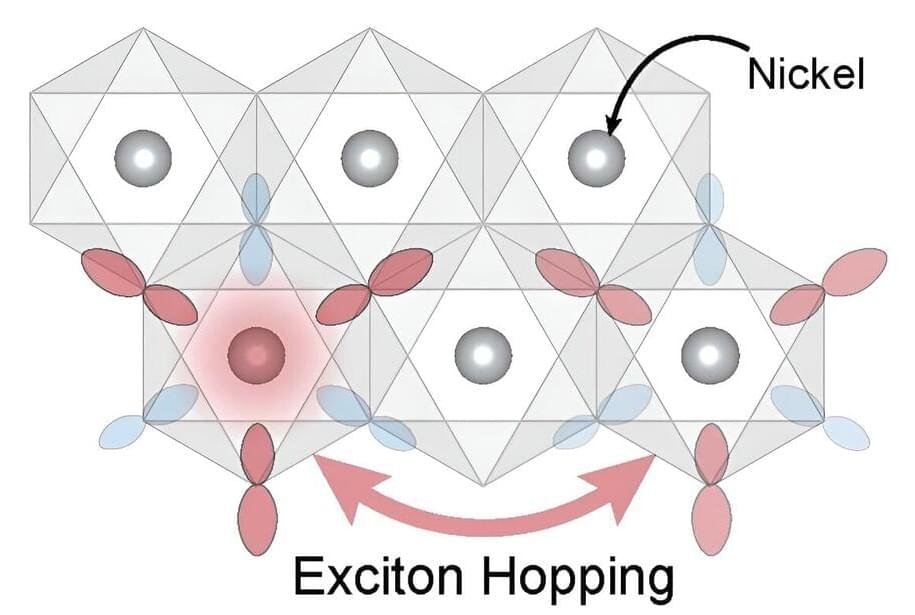Aug 2, 2024
Mission Possible? NASA and Boeing Advance With Starliner Flight Test Evaluations
Posted by Saúl Morales Rodriguéz in category: space
NASA and Boeing are meticulously analyzing recent testing data of the Starliner spacecraft’s propulsion system to ensure its readiness for undocking and safe return from the International Space Station.
The teams are working on finalizing undocking procedures, ensuring system reliability, and conducting simulations. Additionally, astronauts Butch Wilmore and Suni Williams are assisting with various tasks aboard the station, maintaining continuous communication with mission control.
Testing and analysis of starliner’s propulsion system.


